Diana Hsieh of the Modern Paleo blog does yeoman’s work running the Paleo Rodeo each week, which is a fun collection of Paleo posts. (Here’s this week’s rodeo.)
It turns out that a contribution got rejected from this week’s Rodeo as spam. It was titled “Linguine with Seafood Sun-dried Tomatoes and Lemon”:

I must admit that for a time I couldn’t see anything wrong with this meal, other than that it is rather light in the meat, vegetables, and sauce. But de gustibus non est disputandum. After a half minute of puzzlement I remembered that pasta is forbidden by conventional Paleo.
Of course, the Perfect Health Diet forbids wheat noodles but happily supports rice noodles. In our house we often have rice-noodle dishes, as I mentioned recently to Kratos.
I guess it’s just as well I didn’t submit Cambridge Fried Rice to the Rodeo!








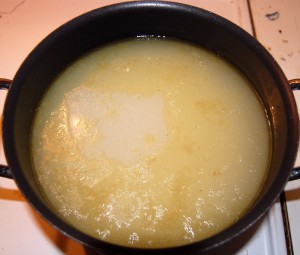
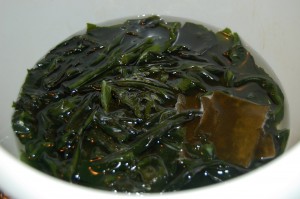
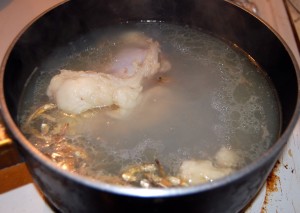
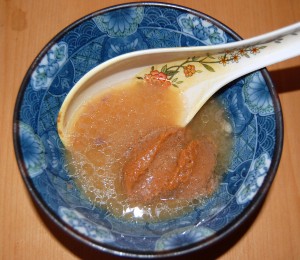
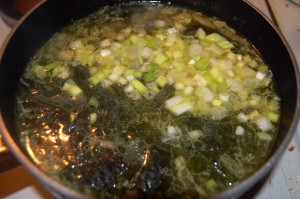


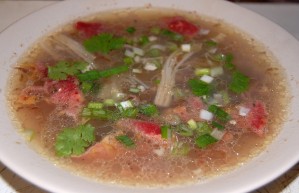




Recent Comments